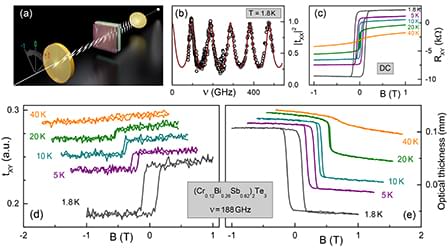A Spanish biotech company sees the carbon material as a way to power the brain-computer interfaces of the future.
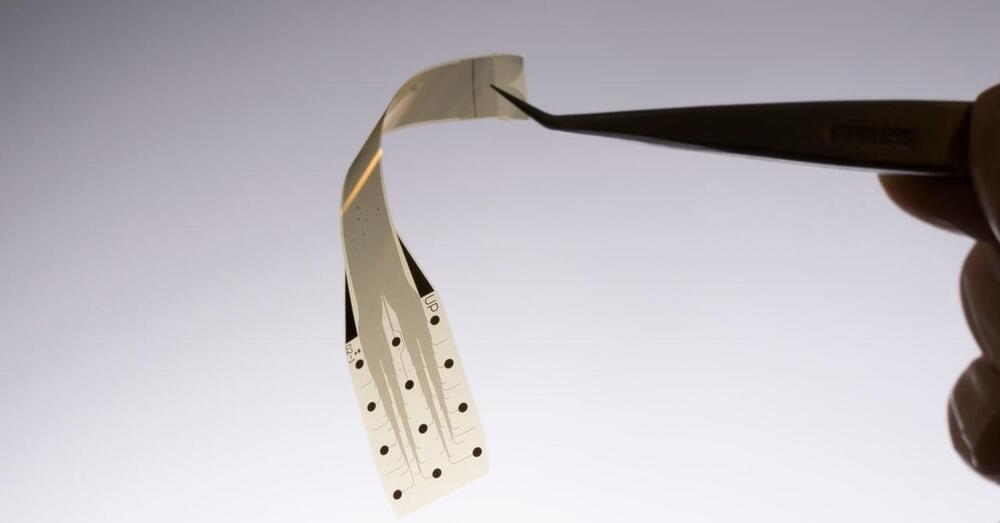

In 2020, the team reported evidence of this rare form of decay being detected by the experiment. Now, after far more collisions, including higher-energy collisions, the team reports a 5-sigma detection, meaning there is a 0.00006 percent chance that the detection is a statistical fluke.
“With this measurement, K+ → π+νṽ becomes the rarest decay established at discovery level – the famous 5 sigma,” Cristina Lazzeroni, Professor in Particle Physics at the University of Birmingham, said in a statement. “This difficult analysis is the result of excellent teamwork, and I am extremely proud of this new result.”
While the decay is rare, as predicted by the Standard Model, it is around 50 percent higher than expected, occurring about 13 times in 100 billion. It is unclear what causes this discrepancy between the Standard Model’s predictions and the results observed, with possible explanations including new particles or new physics, both of which are pretty exciting.
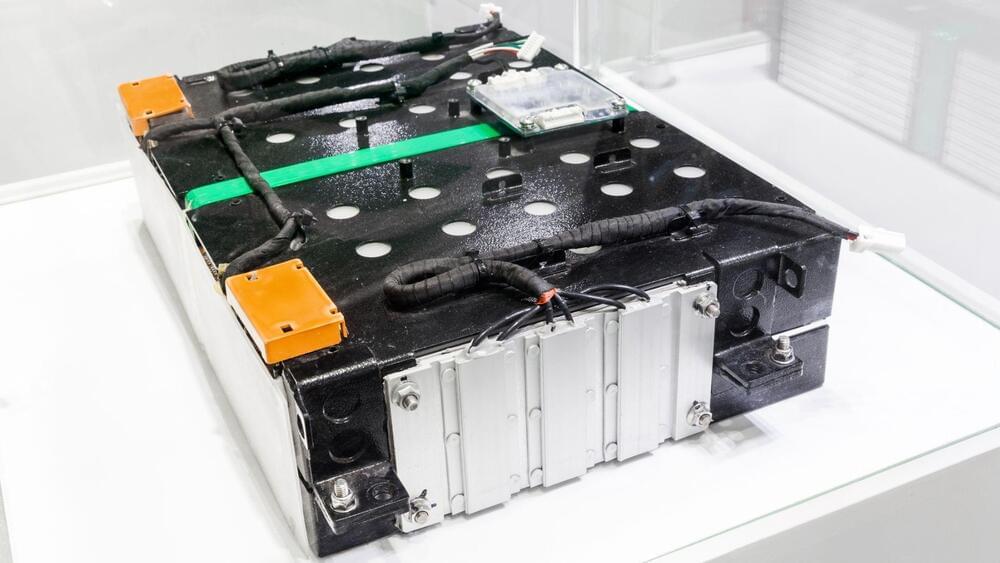
The Parker Solar Probe is about to undergo its seventh encounter with Venus on its journey towards the Sun. Here’s how fast it’ll go.

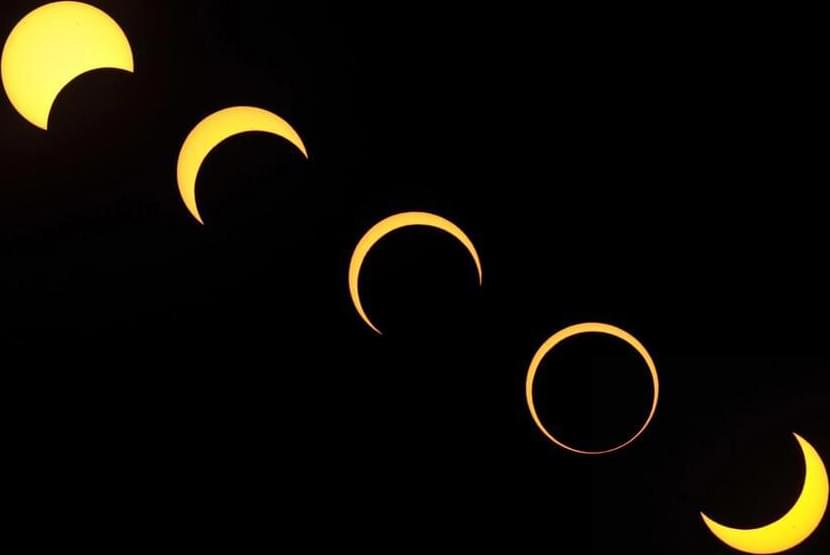

American start-up Boom Supersonic is planning to develop the very first supersonic aircraft powered by 100% sustainable fuel. The aircraft, named Overture, would succeed Concorde in providing ultrafast connections between Europe and the United States, more than 20 years after the latter ceased operation. The new aircraft also echoes its predecessor’s unique, long and slender design.
Boom Supersonic is currently flying a demonstrator, the XB-1, over the Mojave Desert in California. A first supersonic flight (at Mach 1) is now expected by the end of 2024, following the green light given from the Federal Aviation Administration (FAA). All these tests are designed to ensure the aircraft’s reliability and maneuverability. Above all, they lay the foundations for the firm’s future Overture plane.

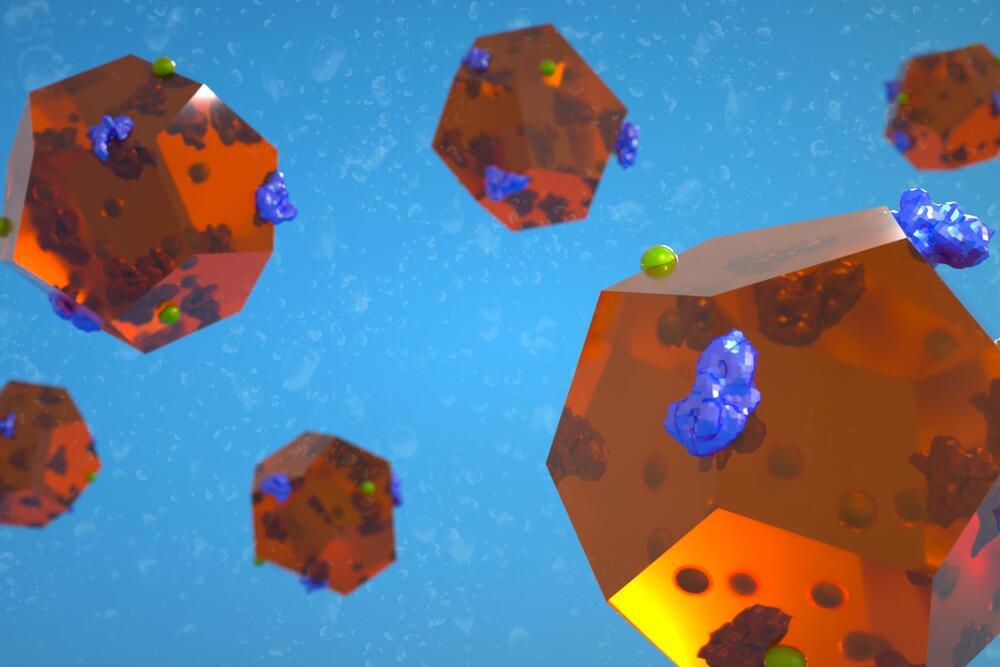
Many vaccines, including vaccines for hepatitis B and whooping cough, consist of fragments of viral or bacterial proteins.
“Not only are we delivering the protein in a more controlled way through a nanoparticle, but the compositional structure of this particle is also acting as an adjuvant,” Jaklenec says. “We were able to achieve very specific responses to the Covid protein, and with a dose-sparing effect compared to using the protein by itself to vaccinate.”
Vaccine access
While this study and others have demonstrated ZIF-8’s immunogenic ability, more work needs to be done to evaluate the particles’ safety and potential to be scaled up for large-scale manufacturing. If ZIF-8 is not developed as a vaccine carrier, the findings from the study should help to guide researchers in developing similar nanoparticles that could be used to deliver subunit vaccines, Jaklenec says.
